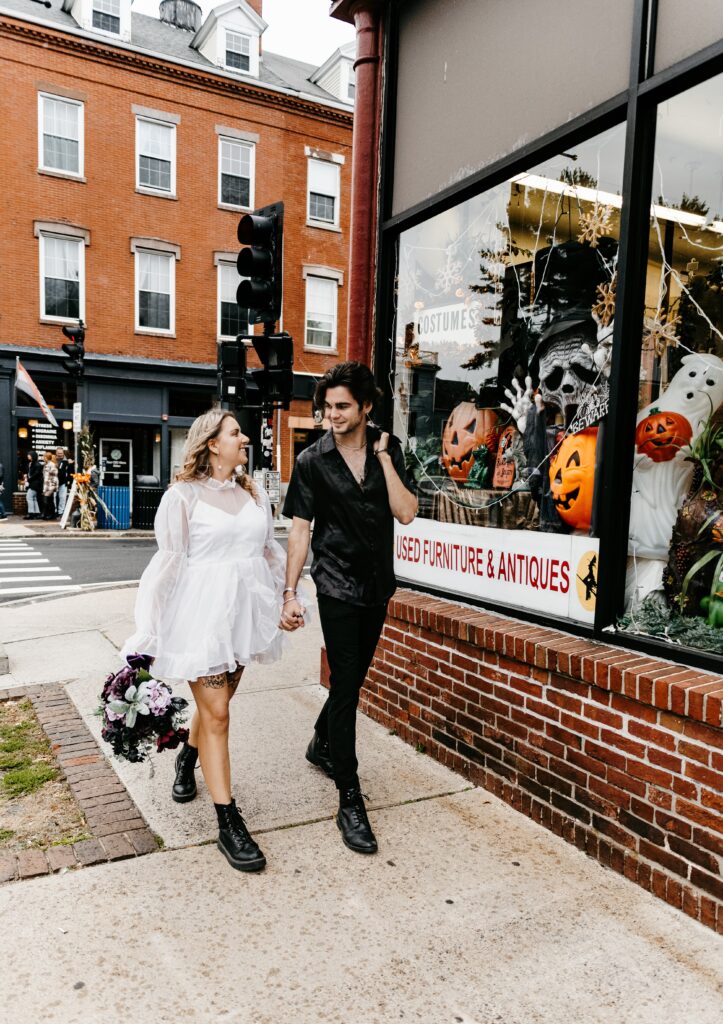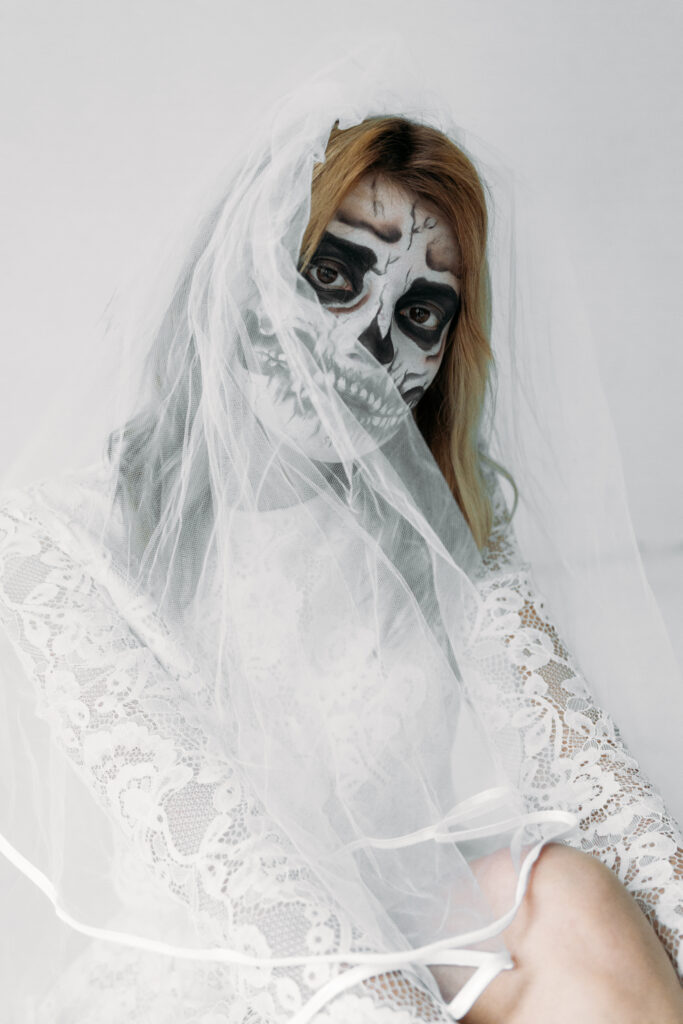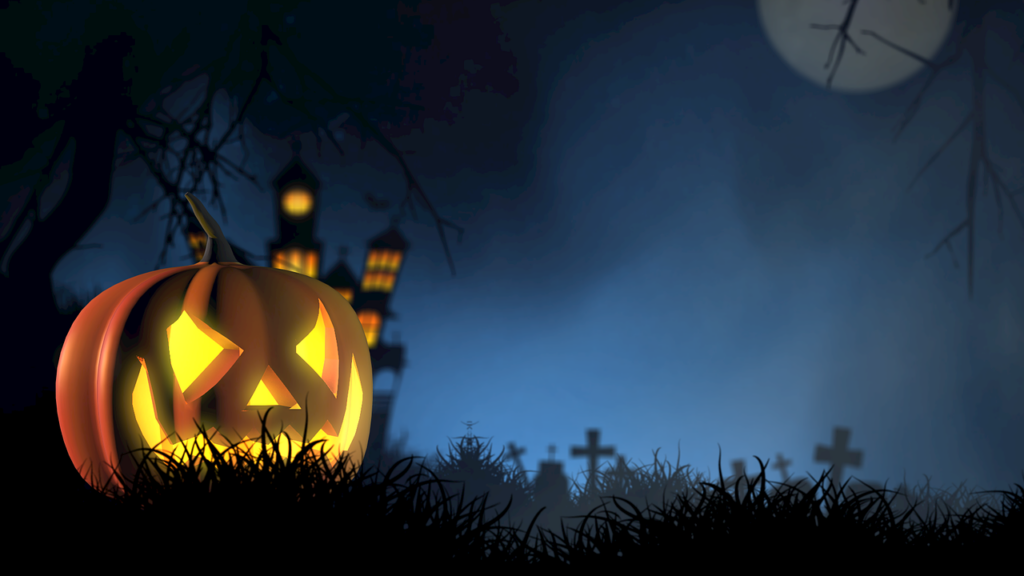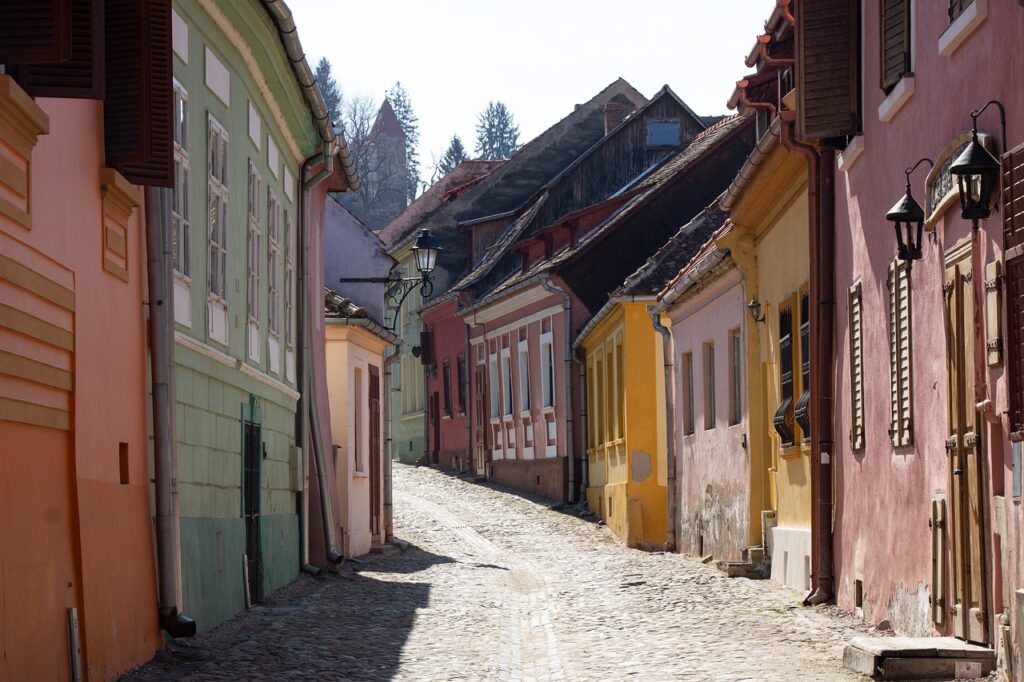The Ghostly Chronicles: Tracing the Evolution of Spooky Stories from Oral Traditions to Digital Tales
Imagine you’re sitting around a warm campfire, anxiously waiting for the tale of the night. A tale full of adventure, mystery, and a few spooky ghosts! Well, that’s exactly what we’re going to explore in “The Ghostly Chronicles: Tracing the Evolution of Spooky Stories from Oral Traditions to Digital Tales”. It’s a story about how ghost stories have changed over time – from tales told by word of mouth around fireplaces and campfires, to digital tales we read on our screens today. So, wrap yourself in your favorite blanket, turn down the lights, and get ready for a ghostly adventure like no other.

This image is property of images.unsplash.com.
Earliest Ghost Narrations: Sourcing the Origins
Long ago, even before books and written words, people began to share spooky stories. They would sit around the fire at night and tell thrilling tales about ghosts and spirits. They weren’t just trying to scare each other- these stories taught important lessons about bravery, wisdom, and the mysteries of life and death.
Prehistoric oral traditions
Back in the Stone Age, people used to pass down their history and beliefs through spoken words. These stories often included ghostly beings that could do amazing or terrifying things. Some of these tales may have explained things people didn’t understand, like why the wind howls at night, or what happens to people after they die.
Evidence from ancient civilizations
Many ancient civilizations, like the Egyptians and the Greeks, believed in ghosts. They left behind spooky drawings and stories on ancient walls and in tombs, showing that they thought spirits of the dead could wander the earth.
The role of mythology in incorporating frontier tales of spirits
Myths from different cultures around the world often included spirits or ghosts. These stories, like the Japanese tales of Yokai or the Greek myths about the Underworld, helped people understand and deal with the scary idea of death.
From Oral to Written: The Classical Era
Eventually, people started writing down their stories, including the ones about ghosts. This helped to keep the tales alive for many generations to enjoy and learn from, even after the story tellers themselves were long gone.
Greek and Roman ghost stories
The Greeks and Romans loved a good ghost story! Some of their written works, like Homer’s Odyssey and Pliny the Younger’s letters, included chilling tales of spirits coming back from the dead to haunt the living.
Influence of religion on ghostly tales
Religion played a big role in the ghost stories of this time. Many people believed in an afterlife where spirits could come back and visit the living. This idea made its way into many spooky tales.
Preservation of stories through written scripts
Writing down stories helped to keep them alive. Even today, we can read the ghostly tales of Greek and Roman writers and experience the same chills they did thousands of years ago.

This image is property of images.unsplash.com.
Dark Ages and Medieval Ghostly Chronicles
As time went on, ghost stories began to change to match the fears and beliefs of the people. In the Dark Ages and Medieval times, tales of haunted castles, ghoulish spectres, and holy apparitions gave people goosebumps.
Grim folklore and chilling tales
The ghost stories of these times were truly terrifying. Folktales were filled with ghosts seeking revenge, hanging around old castles, or even lurking in forests.
Connection between religious beliefs and ghost stories
Religion continued to play an essential role in these stories. Tales of ghostly monks or sinful spirits being punished captured people’s imaginations.
Influence of Crusades and Plague
During these difficult times, people faced hardships like wars and deadly diseases. This led to even scarier ghost stories, as people used these tales to express their fears and hopes.
Renaissance and Enlightenment: A Reasoned Approach
As people began to learn more about the world through science, they started to question their old beliefs, including ghosts. However, they didn’t stop telling spooky stories!
Scientific revolution and its impact on ghost stories
People started to ask, “What if ghosts aren’t made of spirit, but of something natural we just don’t understand yet?” This changed the way they told ghost stories, but it didn’t make them any less scary.
Literature of the era and ghostly tales
Many new ghost stories were created during this time. These tales were still haunting, but they were also elegant, written by literary masters like Shakespeare and Edgar Allan Poe.
Skepticism towards supernatural beings
Not everyone believed in ghosts anymore. Some people thought they were just stories. But even if you don’t believe in ghosts, who can resist a good ghost story?

This image is property of images.unsplash.com.
Victorian Era: Height of Gothic Horror
When new machines started to change the world, people began to imagine even scarier types of ghosts. At the same time, they became fascinated with ghost stories from the past.
Role of industrial revolution on horror narrative
Mysterious machines and unexplored territories made people think of new, terrifying possibilities. Tales of ghostly trains and haunted factories became popular.
Popular writers and their ghostly tales
Famous writers like Charles Dickens and Mary Shelley wrote ghost stories that are still loved today. Their tales gave people both frights and delights.
Rise of periodicals and spread of horror
With the rise of newspapers and magazines, ghost stories became more popular than ever. People couldn’t wait to get their hands on the latest tale of terror.
Twentieth Century: Golden Age of Ghost Stories
This was a time of great change, and ghost stories changed with it. They weren’t just in books anymore- they were on the radio, in the movies, and even on TV!
Horror movies and radio plays
People loved to gather around to listen to ghost stories on the radio, or watch terrifying tales at the cinema. Some famous ghost stories from this time include “The Haunting” and “The Twilight Zone.”
World wars and their influence on ghost stories
The great wars brought new fears and hardships. Ghost stories began to explore these horrors, helping people deal with the reality of war.
Emergence and development of horror genre in literature
Ghost stories became an important part of literature. Writers used them to explore deep and dark themes, as well as to give readers a good scare.
Modern Ghost Narrative: Digital Revolution
Today, we use technology to share ghost stories in ways people never imagined. We also use technology to imagine new kinds of ghosts.
Impact of internet
The internet has made it easy for people all over the world to share their own ghost stories. You can find a chilling tale any time you like, right at your fingertips.
Role of social media in spreading ghost stories
Social media like Instagram and TikTok have become new ways for people to share ghostly tales. They can create their own spooky videos, or re-tell classic ghost stories.
Popularity of digital horror games
With the rise of video games, ghost stories have found a new home. Games like “Phasmophobia” and “Dead by Daylight” let you become part of the ghost story, if you dare.
Understanding Different Styles of Ghost Tales
Every culture has its own unique ghost stories, and they change over time. Today, we can enjoy a huge variety of spooky stories from all around the world.
Cultural differences in ghost stories
Ghost stories from different places are wonderfully different. A ghost from Japan might look different and act differently from a ghost from Mexico. But they’re all good at giving us chills!
The evolution of storytelling styles
Just like ghost stories themselves, the ways we tell them continue to change and grow. From oral tales to written stories, from radio plays to movies, and now to digital media, each new style gives us new kinds of ghost stories to enjoy.
Influence of regional superstitions
Local beliefs and superstitions play a big part in ghost stories. They make the tales feel real and personal, and they help us understand different cultures.
Psychological Perspective: Why We Love Scary Stories
Believe it or not, we like to be scared! Ghost stories give us a safe way to face our fears and feel brave.
The thrill of fear
Being scared is like a roller coaster ride- it gets our hearts racing and our adrenaline pumping. And when we know we’re safe, it’s fun to feel scared.
Masochistic pleasure theory
This fancy term means that sometimes, we like to feel a little bit of pain or fear. It’s why we like watching scary movies, riding on roller coasters, or telling ghost stories.
Childhood fears and adult fascinations
As kids, we’re often scared of things like the dark or monsters under the bed. As we grow up, we learn that these things aren’t real. But ghost stories let us relive those thrilling childhood fears.
The Halloween Junkie Take
Every Halloween, we celebrate the fun of feeling scared. We dress up, tell ghost stories, and enjoy the thrill of the spooky season.
Celebrating the culture of horror
There’s something special about coming together to share a good scary story. It’s a tradition that goes back thousands of years, and it’s something we all can enjoy- even if we’re hiding under the covers.
Traditional versus modern ghost stories
Whether we’re reading an old ghost story by candlelight, or watching a new horror movie on our phones, all ghost stories give us the same delicious chills.
Future of ghost stories in the digital world
Thanks to modern technology, ghost stories can now reach more people than ever. And who knows, maybe one day we’ll be telling ghost stories in virtual reality or on a colony on Mars. No matter what, we can be sure that there will always be a new ghost story to tell and enjoy.









































